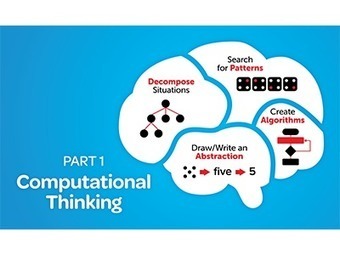Presented by Sara Delano Moore, Ph.D., Director of Professional Learning
Computers and computer science are an ever-increasing part of our world. Computational thinking is foundational to these fields; it also supports mathematical process and practice standards. Computational thinking includes four core components: patterning, decomposition, algorithmic thinking, and abstraction. How do these ideas support grade-level mathematical concepts and skills? How do they develop the thinking skills required for careers in the STEM fields?
In this edWebinar, Sara Delano Moore, Ph.D., Director of Professional Learning at ORIGO Education, will provide an overview of computational thinking and explore the components of patterning and abstraction in more depth. She will introduce you to problems and learning experiences which develop this thinking with age-appropriate tasks. See how these unplugged tasks develop student thinking around mathematical structure and quantitative reasoning.
Via John Evans



 Your new post is loading...
Your new post is loading...














